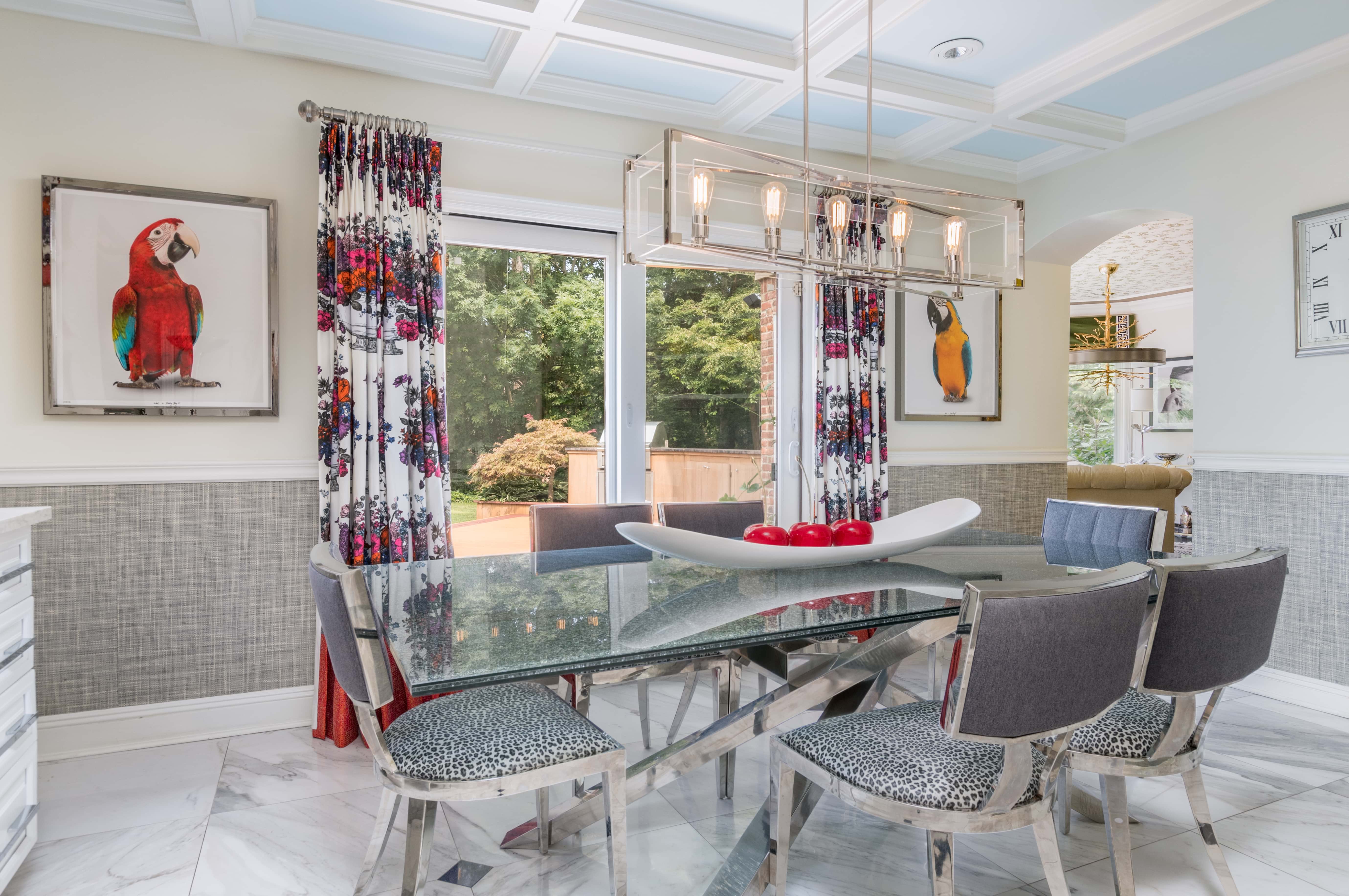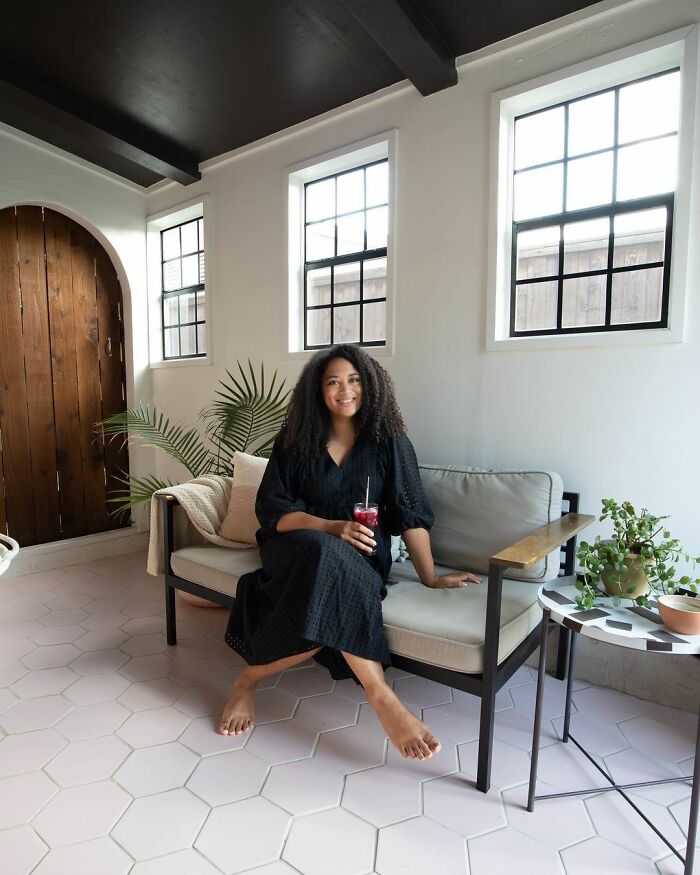Discover Modern Home Interiors That Define 2025

The evolution of residential design has entered a new era. As the calendar turns to 2025, homes no longer serve merely as dwellings—they express individuality, offer sanctuary, and prioritize sustainability. Aesthetic sensibilities have matured, and today’s modern home interiors echo a deep understanding of lifestyle nuances, technological innovation, and architectural fluidity.
A Paradigm Shift in Design Philosophy
Designers in 2025 no longer lean on stark minimalism to define a modern abode. They now adopt a more intuitive and emotive approach to space. Modern home interiors reflect a refined blend of sophistication and soul. Clean lines remain a staple, but warmth and texture now punctuate every room. Rather than prioritizing sterile, impersonal symmetry, designers embrace wabi-sabi—finding beauty in imperfection, asymmetry, and the organic.
Color palettes have evolved as well. Interior designers now favor curated hues that evoke calm and emotional equilibrium. Earth tones—rich terracotta, sage green, warm clay, and muted ochres—dominate the interior spectrum. These colors reflect a collective yearning to reconnect with nature, a central tenet of contemporary living.
The Rise of Smart Sustainability
In today’s homes, technology integrates seamlessly. Residents now rely on smart ecosystems to enhance convenience and uphold environmental responsibility. Voice-activated lighting, adaptive climate control, and AI-enhanced home security no longer feel futuristic—they’ve become the norm.
At the same time, sustainable design principles guide every decision. Architects and homeowners alike prioritize eco-conscious materials such as bamboo, reclaimed wood, and low-VOC paints. Artisans craft furnishings using recycled textiles and biodegradable composites, ensuring both style and sustainability.
Multifunctional Spaces for Fluid Lifestyles
Modern lifestyles demand flexibility, and interior design rises to the challenge. Modern home interiors now incorporate adaptable layouts that support shifting roles throughout the day. Homeowners use collapsible partitions and modular furniture to redefine rooms based on daily needs.
A dining area transforms into a co-working space by morning and a wellness zone by evening. Living rooms serve as entertainment centers, virtual meeting spaces, or even personal fitness studios. Interior designers create these versatile environments to match the rhythms of modern life.
Texture as a Central Design Language
Designers now use texture as a core design element rather than an afterthought. They reject flat, impersonal surfaces in favor of rich, layered materials that stimulate both sight and touch.
Homeowners often pair rough-cut stone with soft velvet or layer woven jute beneath cool, brushed metals. Boucle fabrics, fluted wood paneling, limewashed walls, and polished concrete appear in carefully composed combinations. Every surface contributes to a deeper emotional and sensory connection within the space.
Lighting That Elevates Mood and Function
Interior lighting in 2025 does more than illuminate—it shapes mood and enhances well-being. Architects and designers prioritize natural light by installing expansive windows, skylights, and solar tubes that flood spaces with daylight.
Artificial lighting complements this design ethos. Homeowners install sculptural pendants, under-cabinet LEDs, and ambient glow features that respond to their behavior. Smart systems adjust brightness and hue automatically, supporting work, relaxation, and everything in between.
Artisanal Touches Amidst Technology
Despite the surge in automation, the human touch remains essential. Homeowners increasingly seek handcrafted elements that bring soul to their spaces. They commission bespoke woodwork, collect hand-thrown pottery, and select forged iron fixtures to anchor their homes in authenticity.
These artisanal details function as more than decorations—they embody personal expression. In high-tech environments, such handcrafted pieces bring warmth, grounding the space in tactile richness and narrative depth.
The Return of Curves and Organic Forms
Form is softening in response to psychological needs for comfort. Designers now replace rigid geometry with gentle curves and organic silhouettes. Arched doorways, sculpted bathtubs, and rounded mirrors invite calm and movement into the home.
Inspired by nature’s contours, these forms foster spatial flow. They also improve circulation and create a serene, welcoming environment. Modern home interiors in 2025 embrace this visual softness to enhance both form and function.
Personalized Sanctuaries
Personalization has become a defining pillar of interior design. Rather than follow generic trends, homeowners curate environments that reflect their values and stories. They choose custom layouts, hand-picked artwork, and heirloom textiles to create spaces that feel deeply personal.
A reading nook upholstered in meaningful fabrics or a gallery wall featuring travel photography elevates a home from a place of shelter to a storybook of lived experiences. This shift ensures homes resonate emotionally with those who inhabit them.
Global Influence, Local Character
Designers today blend global aesthetics with local identity. While Scandinavian minimalism, Japanese restraint, and Mediterranean warmth influence many interiors, local materials and traditions now regain prominence.
Indigenous techniques, such as batik patterns or traditional tilework, find renewed appreciation. Residents infuse their homes with regional character while honoring global trends. This balance roots the space in authenticity while expanding its cultural reach.
Conclusion: A New Standard for Modern Living
The home of 2025 redefines the meaning of modern living. It combines functionality, personalization, and sustainability in ways never before seen. Modern home interiors no longer adhere to a single aesthetic—they respond to the evolving needs of modern life.
Designers and homeowners craft environments that prioritize emotional intelligence, thoughtful detail, and ecological consciousness. These interiors blend nature with technology, craftsmanship with innovation, global influence with personal identity. The result is a home that doesn’t just reflect the times—it defines them.




